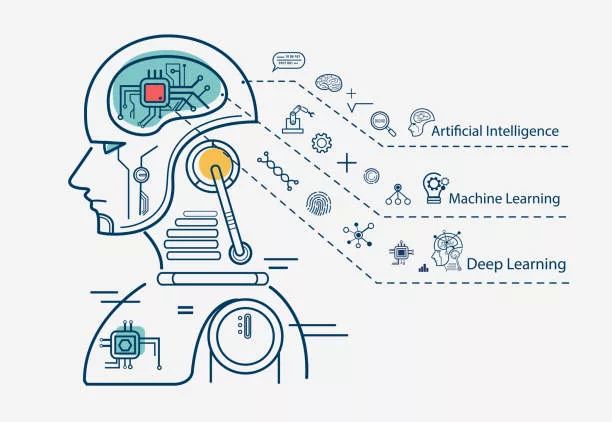In this article, we will explore linear regression in machine learning. What is it? How can you use it? And most importantly, what are the pitfalls of using it? If you want to use machine learning for your data analysis, then understanding linear regression is a must. By the end of this article, you will have a better understanding of what it is and how to use it in your datasets.
What is linear regression?
Linear regression is a machine learning technique that you can use it to predict y values from x values. You can use it when the data is linear in nature and the goal is to find a function that best predicts the y values from the x values. The equation for linear regression is:
y = f(x)
where
y = predicted value,
x = input data, and
f(x) = desired prediction function.
How does linear regression work in machine learning?
In machine learning, linear regression is a supervised learning algorithm used to predict an outcome ( y ) from input data ( x ). The input data is typically classified using some form of feature extraction step and then fed into a linear regression model. The goal of the linear regression model is to fit a linear equation to the data in order to accurately predict the outcome.
There are many different types of linear regression models, but all of them share a common concept: they use mathematical relationships between input variables and predicted outcomes in order to make predictions. This relationship can be represented as a line or curve, depending on the type of model being used.
The most popular type of linear regression model is the ordinary least squares (OLS) model. OLS models use data points that are closest to the actual outcome in order to make predictions. In other words, OLS models try to minimize the error between predicted and actual outcomes.
Another common type of linear regression model is the logistic regression model. Logistic regression uses data points that are most likely to be associated with the predicted outcome in order to make predictions. In other words, logistic regression models try to maximize the odds that a given data point will correspond to a specific predicted outcome.
You can also use Linear regressions for non-linear prediction tasks, such as predicting movement patterns or emotion recognition from video footage. In these cases, more than one type of linear regression may be needed in order to accurately predict the outcome.
What are the different types of linear regression models?
Linear regression is a machine learning technique that uses linear models to predict unknown variables. You can understand Linear regression as a particular form of generalized linear models. The most common type of linear regression is the simple linear regression model, which fits a line through data points and predicts the corresponding value for the y variable based on the x input variables. There are many other types of linear regression models, including:
– Ordinary least squares (OLS) regression: This is the most basic form of linear regression and you can use it when there are only two input variables. OLS regression fits a line through data points and predicts the corresponding value for the y variable based on the x1 and x2 input variables.
– Least absolute deviation (LAD) regression: LAD regression uses squared error criterion to find a best fit line through data points. It then predicts the corresponding value for the y variable using this line as well as the x1 and x2 input variables.
– Elastic net regressor: Elastic net regressors use an iterative algorithm to find a best fit line through data points. Once it has found a fit, it then predicts the corresponding value for the y variable using this line as well as penalty terms associated with each of its predictor variables.
Conclusion
In this article, we will discuss linear regression in machine learning. We will introduce the problem and provide a few algorithms to solve it. Lastly, we will show how to use these algorithms in practice using scikit-learn.





